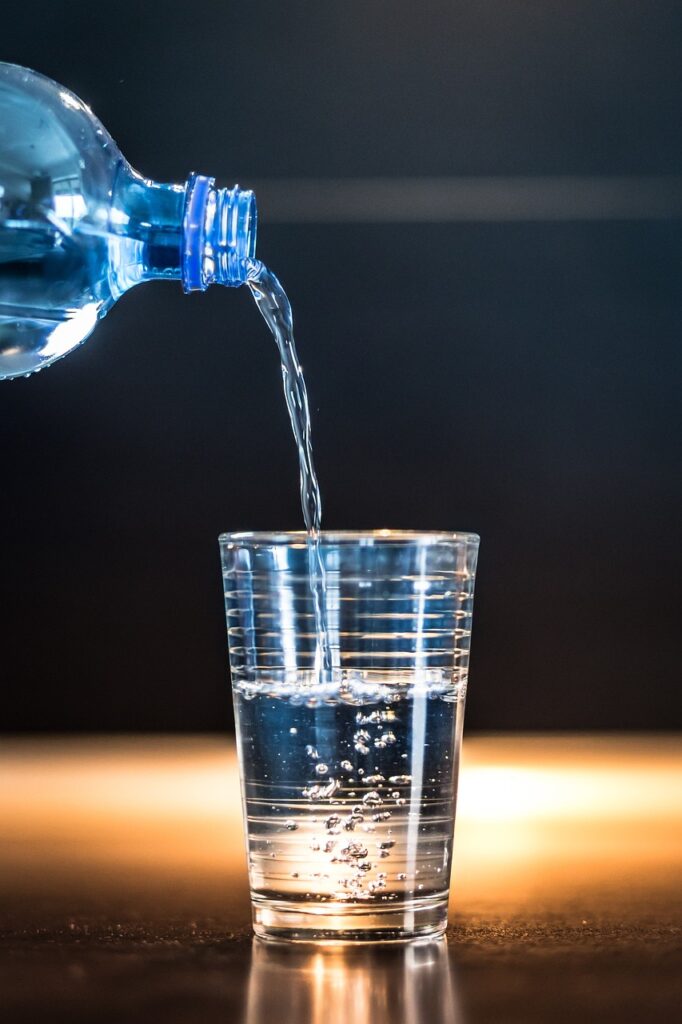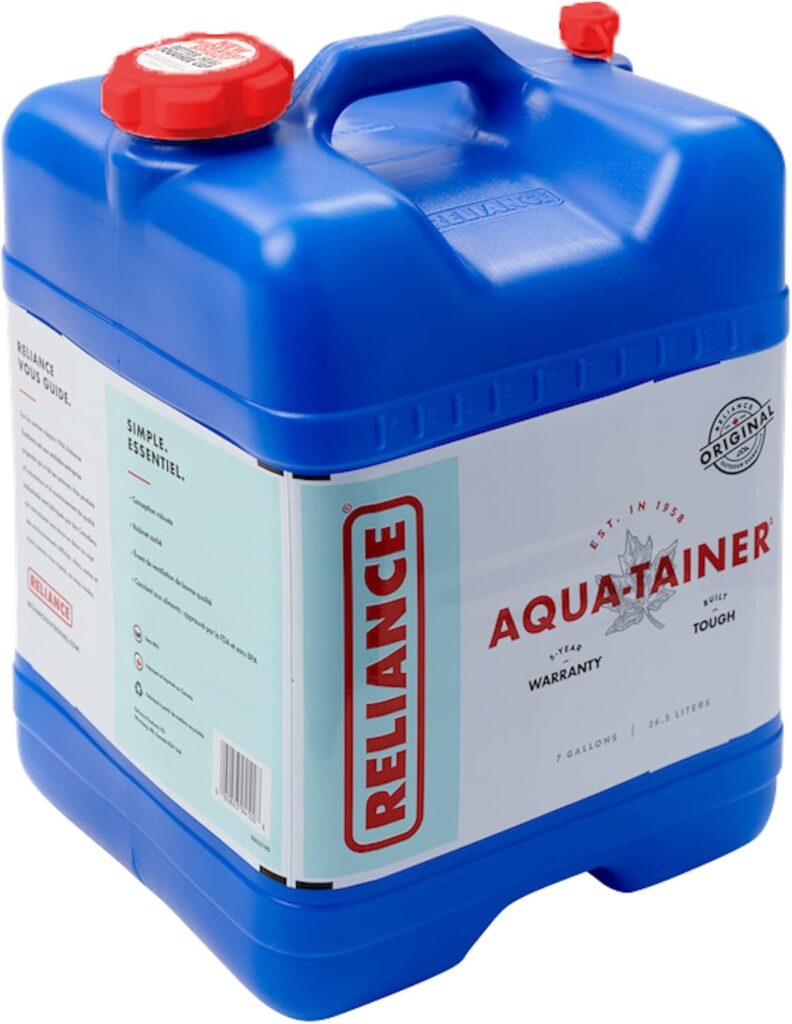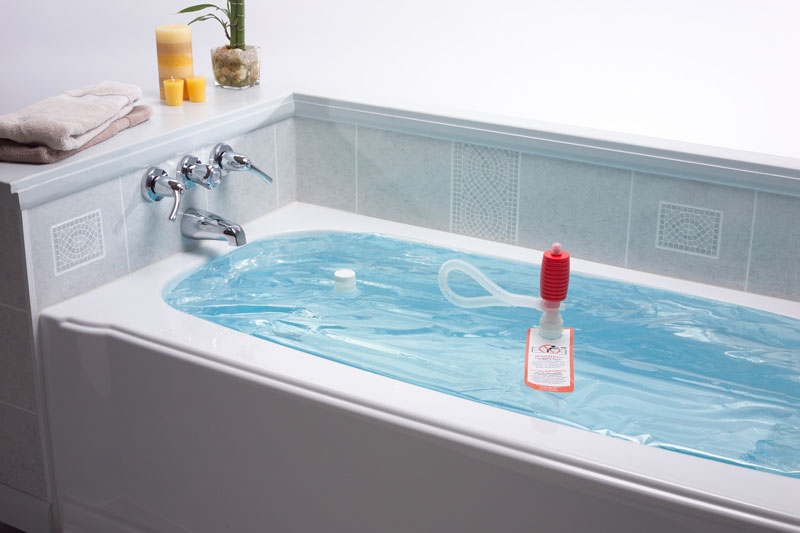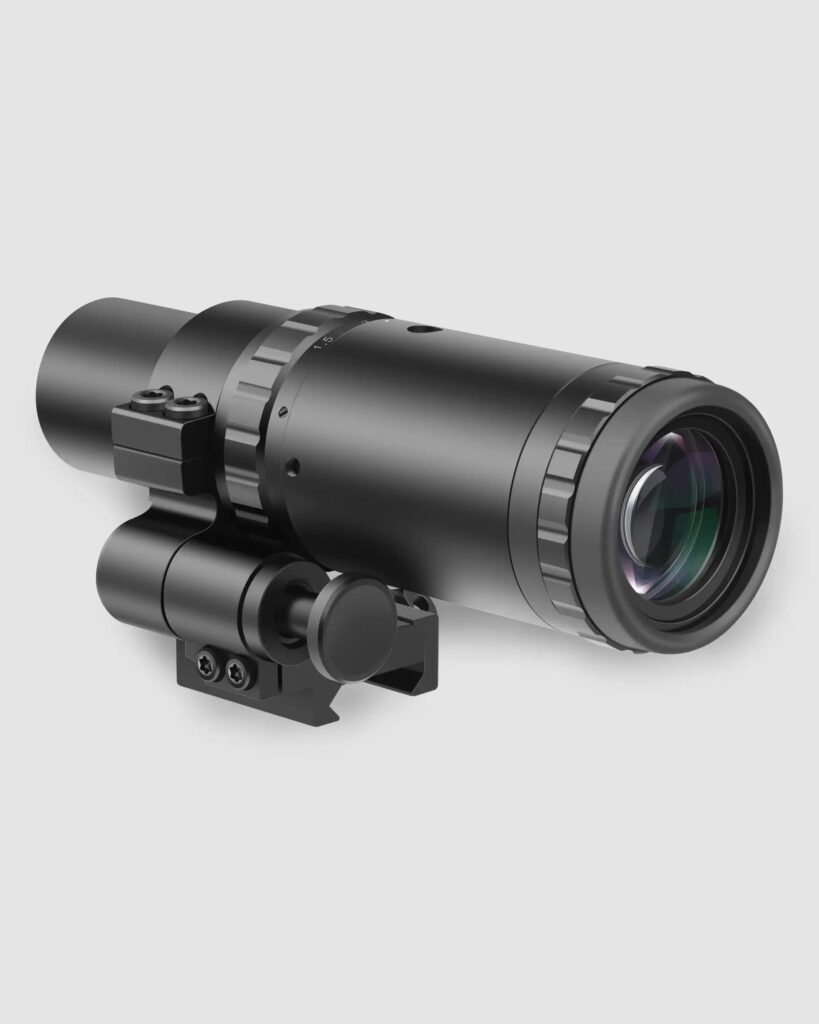As I’ve said in numerous preparedness classes over the years, nobody has ever come out the other side of a disaster upset because they had too much clean water available to them. If you don’t have a reliable source of potable H2O, it becomes your priority. If you do have a good source, then everything else becomes easier.
Various experts have opined that the minimum amount of water you should have available is one gallon per person in the household per day of the crisis. That’s all well and good, but unless your crystal ball works a lot better than mine, there’s no way to know how long you may need to rely on what you have stored.
Storing water is your first line of defense. However, this can be problematic. It can’t be made smaller, and it can’t be made lighter. One gallon of water weighs approximately 8.34 pounds, and it adds up quickly. With that in mind, it’s best to divide and conquer.
Advertisement — Continue Reading Below
What can you do to ensure you and your family will have clean water available? Let’s look at some options.
Bottled Water

Cases of bottled water can be had fairly inexpensively, even today. One case of 24 half-liter bottles comes to a bit more than three gallons. So, if we go by what those experts say, one case should be good for two people per day.
Advertisement — Continue Reading Below
Commercially bottled water is generally considered to have a two-year shelf life when stored in a cool, dark, dry location. Water itself doesn’t go bad, but after the two-year mark, the plastic bottles may begin to degrade.
Refilled Containers
One great approach is to refill 2L soda bottles or similar containers and put them in your freezer. When you fill them, leave two inches of headspace for expansion. The frozen bottles will help the appliance run more efficiently as well as keep the contents cold longer in the event of a power outage. Plus, if you need fresh water, you can pull one or more out and let them thaw.
The nice thing about this storage option is that it doesn’t take up any extra space in the home. Of course, unless you have a large, mostly empty freezer, you won’t be able to store several gallons here.
Advertisement — Continue Reading Below
Storebought Containers
There are a number of products on the market that are designed for emergency water storage. One example is the Aquatainer. It holds seven gallons of water and has a spigot for easy use. Keep in mind what we said about the weight of water. Filled, the Aquatainer weighs nearly 60 pounds. When you have containers this size or even larger, it’s best to store them near where you’ll be using them. Carrying a 60-pound container of water up a flight of stairs might not be a lot of fun.

WaterBOB
The WaterBOB is a bladder-style container. You roll it out into your bathtub and fill it from the faucet. It will hold up to 100 gallons of water. The WaterBOB has a hand pump for dispensing water. This isn’t something you’ll keep filled all the time. It’s just for emergency use.
Advertisement — Continue Reading Below
While you certainly could just fill your tub without the WaterBOB, few of us routinely keep our bathtubs so clean that we’d readily drink water from them.

Give some thought as to how you can store water at home, just in case the faucets aren’t an option for a while.
Advertisement — Continue Reading Below















